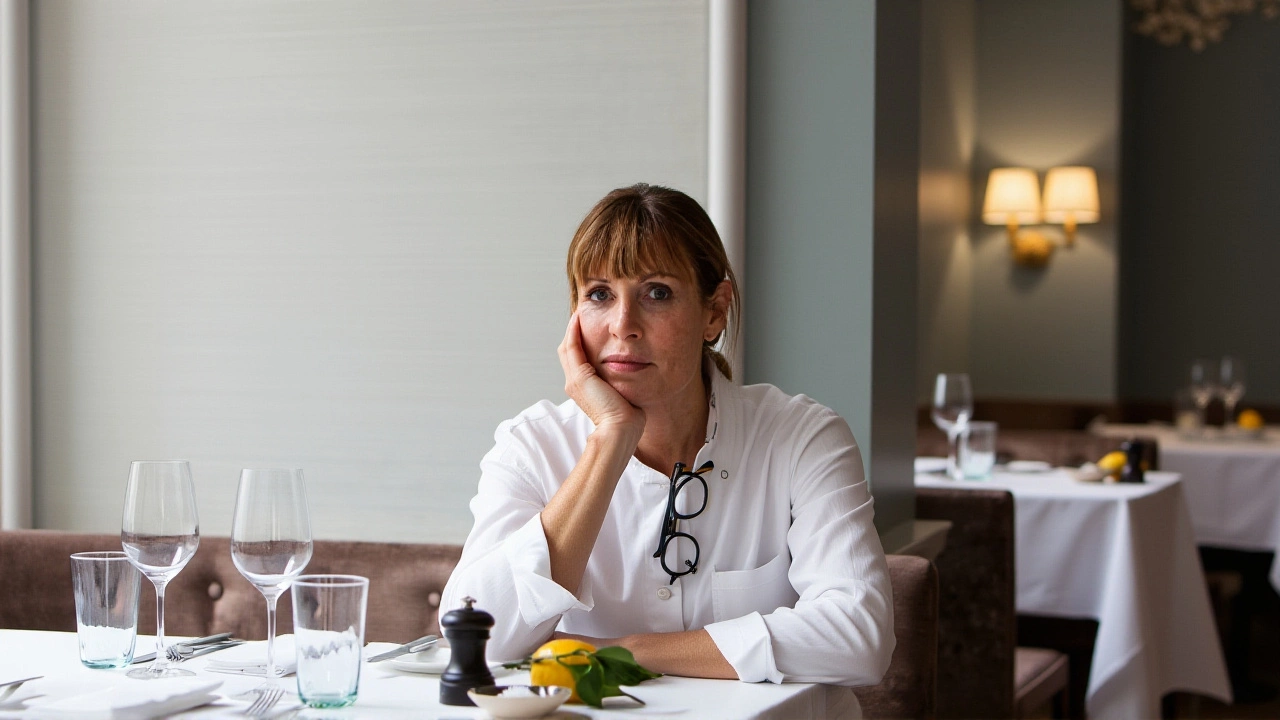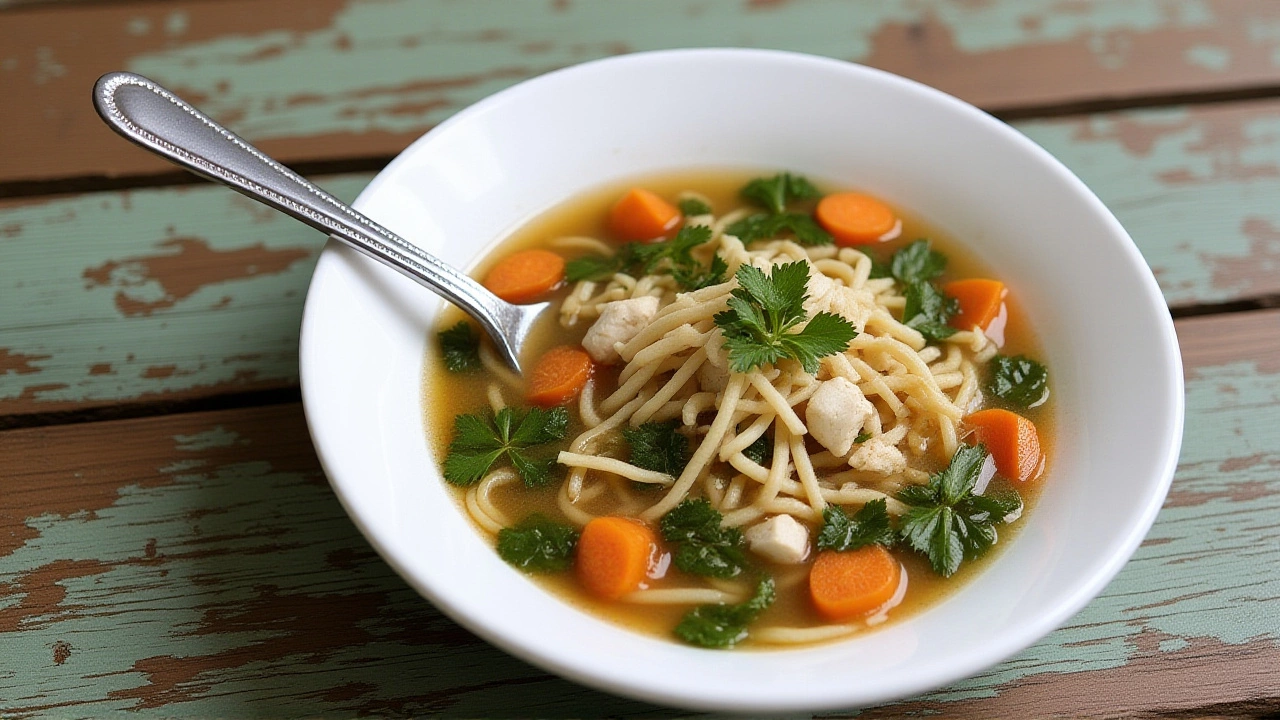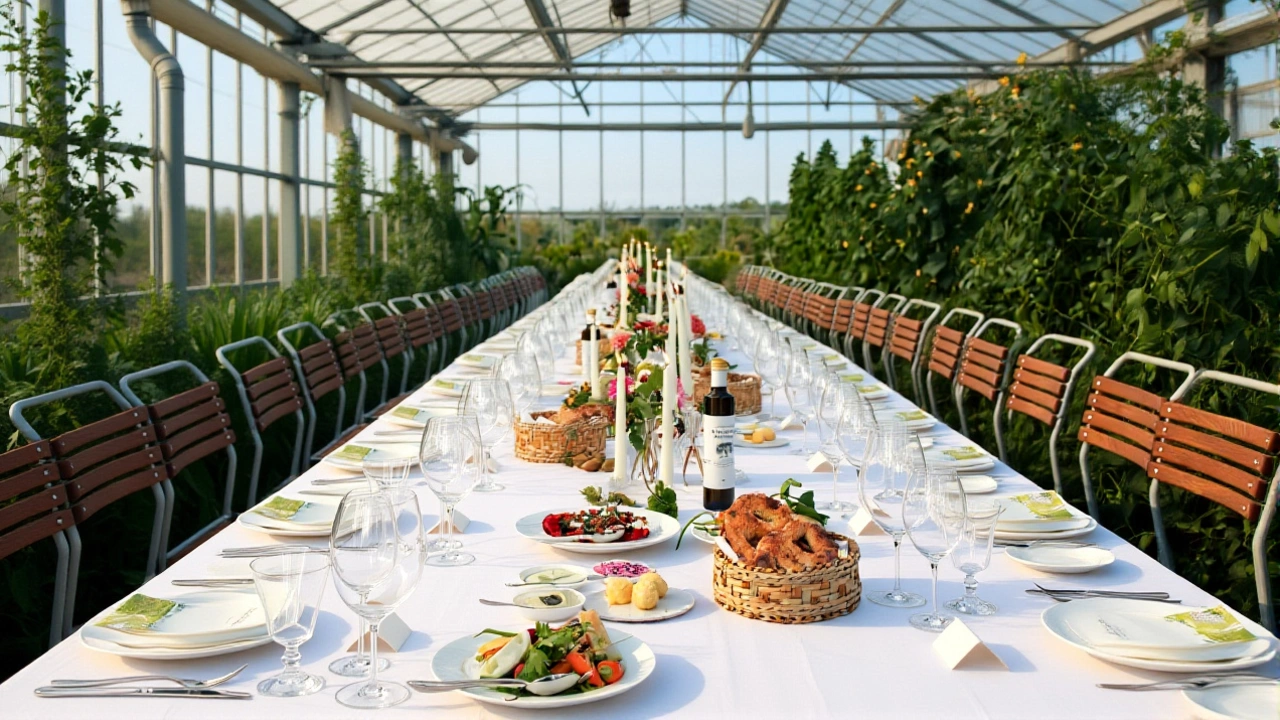When the last tomatoes ripen on the vine and peaches drip juice down your chin, you don’t need fancy gadgets—just the right recipes. On November 24, 2025, FoodPrint.org dropped a guide that’s already becoming a kitchen staple: a roundup of five new cookbooks designed to turn late-summer abundance into meals that feel like sunshine on a plate. No overcooked veggies. No bland salads. Just fruit, herbs, and vegetables treated with the respect they deserve.
Johnson’s Fruit-Centric Mastery
Pastry veteran Johnson doesn’t just bake with fruit—she reimagines it. Her new cookbook turns peaches into pizza toppings, plums into spiced lamb glazes, and blackcurrants into jiggly, jewel-toned desserts. What sets her apart isn’t the ingredients—it’s the technique. She spends pages on roasting fruit to concentrate sweetness, poaching it gently in syrup infused with star anise or cardamom, and even using underripe fruit for savory applications. Her advice? "Don’t treat fruit like a dessert afterthought. Let it be the star, the backbone, the surprise." It’s the kind of thinking that turns a summer barbecue into something memorable.
Yonan’s Plant-Powered Summer Feast
Joe Yonan, the Washington Post’s food editor, is releasing Mastering the Art of Plant-Based Cooking in September 2025—and it’s already generating buzz. With over 300 recipes, this isn’t a book for vegans only; it’s for anyone who’s ever looked at a pile of eggplant and wondered, "What now?" Yonan’s answer: smoke it. Steam it. Glaze it with chili. Stuff it with huitlacoche and corn. His tomato pairings are wild—watermelon-tomato salads with Scotch bonnet dressing, peach-tomato salsas, fig-and-corn salsas that taste like summer distilled. Contributors like Julia Skinner, who brought fermentation techniques from her FoodPrint.org columns, and Alicia Kennedy, whose ode to vegan baking feels like a love letter to sourdough and date syrup, add depth. This book doesn’t just cook vegetables—it celebrates them.
Persian Flavors, Summer-Ready
Leila Heller’s Persian Feasts: Recipes & Stories From a Family Table feels like stepping into a courtyard in Shiraz during August. Her focus? Herbs. Not as garnish, but as the main event. Sabzi khordan, the traditional Persian herb platter, isn’t an appetizer here—it’s the centerpiece, piled high with dill, mint, tarragon, and cilantro, served with feta and flatbread. Her kookoo sabzi, a fragrant herb frittata, uses more greens than eggs. And the book’s appendix? A master guide to Persian herbs, their names in Farsi, and how to source them abroad. This isn’t just cooking—it’s cultural preservation. Heller writes, "In Iran, summer isn’t about cooling down. It’s about waking up your senses with green, sharp, wild flavors."

Theodorou’s Less-Is-More Philosophy
Then there’s Theodorou. His approach is quiet but revolutionary: let the produce speak. His cookbook, still unnamed in public, leans on what he calls "flavor game changers"—chickpeas, chili paste, preserved lemon, fish roe. These aren’t heavy-handed additions. A slice of ripe peach? Just a drizzle of preserved lemon syrup and a sprinkle of crushed pistachios. Corn on the cob? A smear of chili paste and a handful of fresh purslane. He doesn’t roast, braise, or blend—he elevates. "Summer ingredients don’t need fixing," he writes. "They need listening."
Why This Matters Now
With climate change shortening harvest windows and grocery shelves feeling increasingly inconsistent, these cookbooks offer more than recipes—they offer resilience. They teach you to work with what’s ripe, not what’s shipped. Johnson’s roasting tricks extend shelf life. Yonan’s fermentation methods preserve flavor without refrigeration. Heller’s herb-heavy dishes thrive in heat. Theodorou’s minimalism reduces waste. This isn’t a trend. It’s a return to rhythm—with the seasons, with the soil, with the sense that food should taste like where it came from.

What’s Next?
Yonan’s book hits shelves in September 2025. The others? No release dates yet. But FoodPrint.org says they’re all available for pre-order through independent bookstores. No pricing details. No sales figures. Just the books themselves, quietly waiting to be opened. Look for them at your local shop, or ask your librarian to order them. Because the best way to master late-summer eating? Not by scrolling. By cooking.
Frequently Asked Questions
How do these cookbooks differ from typical summer recipe collections?
Unlike generic "summer recipes" that just list grilled veggies or fruit salads, these books treat produce as the foundation of complex, layered dishes. Johnson uses roasting to deepen flavor, Yonan ferments and smokes vegetables, Heller builds entire meals around herbs, and Theodorou uses minimal ingredients to highlight peak-season taste. They’re culinary guides, not quick-fix lists.
Who is Joe Yonan, and why is his book significant?
Joe Yonan is the food editor of The Washington Post, a leading voice in American food journalism. His upcoming book, releasing September 2025, stands out for its 300+ plant-based recipes that treat vegetables as the main course—not a side. With contributions from experts like Julia Skinner and Alicia Kennedy, it bridges home cooking and professional technique in a way few books do.
Are these cookbooks only for experienced cooks?
Not at all. Johnson’s roasting tips are beginner-friendly. Theodorou’s "no-heat" approach is perfect for those avoiding the stove in summer. Heller’s herb platters require no cooking. Even Yonan’s complex dishes include step-by-step guides. These books are designed for curiosity, not perfection. You don’t need a fancy knife—just a ripe tomato and the willingness to try.
Can I find these books easily, or are they hard to get?
Yonan’s book is widely available for pre-order through major retailers. The others are being distributed through independent bookstores and specialty food publishers. FoodPrint.org recommends supporting local shops—many have signed copies or host virtual author talks. No publisher names are listed, but ISBNs are expected by late August 2025.
Do these books include nutritional or sustainability info?
Not explicitly. But the entire philosophy leans into sustainability: using seasonal, local produce reduces transport emissions. Fermentation (Skinner’s contribution) cuts food waste. Minimal prep means less energy use. These aren’t labeled "eco-friendly," but every recipe quietly supports a slower, smarter food system.
What makes Persian cuisine ideal for late summer?
Persian cooking thrives on herbs, greens, and light proteins—perfect for hot weather. Dishes like sabzi khordan and kookoo sabzi rely on fresh, uncooked ingredients that don’t require ovens or long simmering. The use of lemon, yogurt, and vinegar balances heat, while herbs like tarragon and dill naturally cool the palate. It’s cuisine built for heat, not against it.
